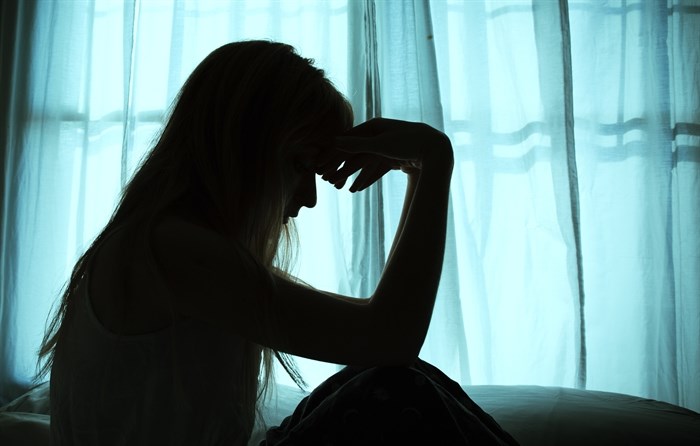
With Blue Monday less than a week away, mid-January can be one of the gloomiest times of the year, made worse in 2021 by continuing COVID-19 restrictions limiting human interaction.
Image Credit: ADOBE STOCK
January 14, 2021 - 7:30 AM
Kamloops and Okanagan residents looking at another long winter might be finding their spirits dampened even further by the prospect of the next few months under COVID-19 protocols.
“Winter is tough on a lot of people,” Raymond Lam, MD says.
Lam is professor and B.C. Leadership Chair in Depression Research, Associate Head for Research, Department of Psychiatry, University of British Columbia. He’s also Director for the Mood Disorders Centre and Executive Chair for the Canadian network for Mood and Anxiety Treatments.
He says although there are no statistics on winter depression, the health industry is well aware that depression has increased this year due to the added weight of the pandemic and its accompanying restrictions.
To add to the seasonal misery, next week is “Blue Monday,” the name given to the third Monday in January claimed to be the most depressing day of the year. Not only is it a winter Monday, it's around the time Christmas cheer has worn off and the bills start to arrive.
In the Okanagan, and to a lesser extent Kamloops, weather conditions can be made even more dreary by a weather phenomenon common in winter known as an inversion.
READ MORE: The under-appreciated weather phenomenon that makes for mild winters in Kamloops, Okanagan
Lam says people who had milder problems in the past are having more problems this year because of the additional stresses everyone is experiencing.
“We do have statistics showing depression in society is worse overall in the general population because of the pandemic, but we don’t have statistics specifically on winter depression,” Lam says.
Lam defines seasonal affective disorder, or SAD, as clinical depression, where the patient exhibits specific symptoms that actually interfere with the ability to function on a day-to-day level.
That compares with normal winter ‘blahs,’ which are milder symptoms that don’t affect people’s ability to function.
Lam says people with the winter blahs make up around 15 per cent of the population, while those with Seasonal Affective Disorder make up around one per cent.
This year, people who had it in the past seem to be worse and others who may not previously have sought treatment are now seeking help, he says.
However, Lam says there are things people can do to mitigate the low feelings caused by the time of year and the pandemic, starting with something as simple as maintaining a routine.
“We usually recommend keeping a regular schedule, getting up and going to bed at the same time. It’s harder to maintain regular habits and get enough activity this time of year, and sleep is often disrupted,” he says.
Lam also advises those with the blues to spend more time outdoors.
“A morning walk is good. The early light is better and exercise and activity is a good way to manage some of the symptoms,” Lam says.
It’s also a good idea to maintain social interactions, even if that is through digital means due to COVID-19 restrictions.
Lam stresses however, those people who are experiencing SAD symptoms to the extent they are interfering with daily function should seek medical help, first by contacting their family physician.
To contact a reporter for this story, email Steve Arstad or call 250-488-3065 or email the editor. You can also submit photos, videos or news tips to tips@infonews.ca and be entered to win a monthly prize draw.
We welcome your comments and opinions on our stories but play nice. We won't censor or delete comments unless they contain off-topic statements or links, unnecessary vulgarity, false facts, spam or obviously fake profiles. If you have any concerns about what you see in comments, email the editor in the link above.
News from © iNFOnews, 2021